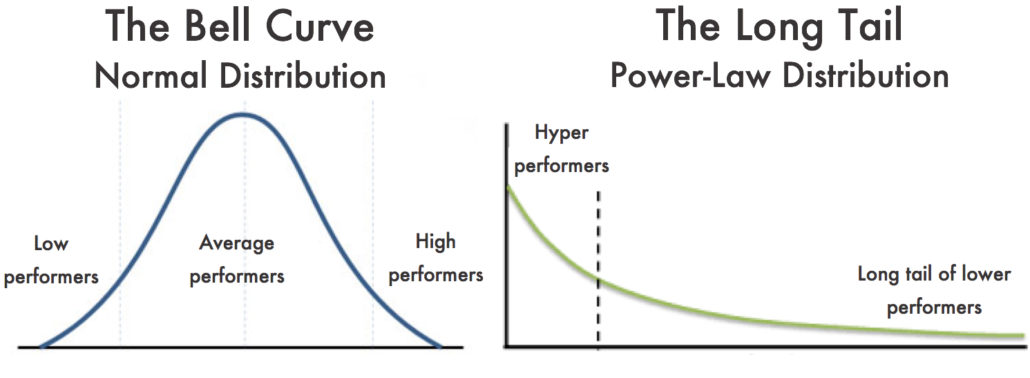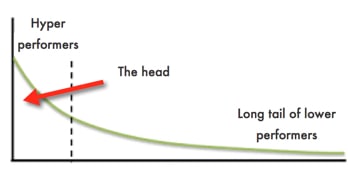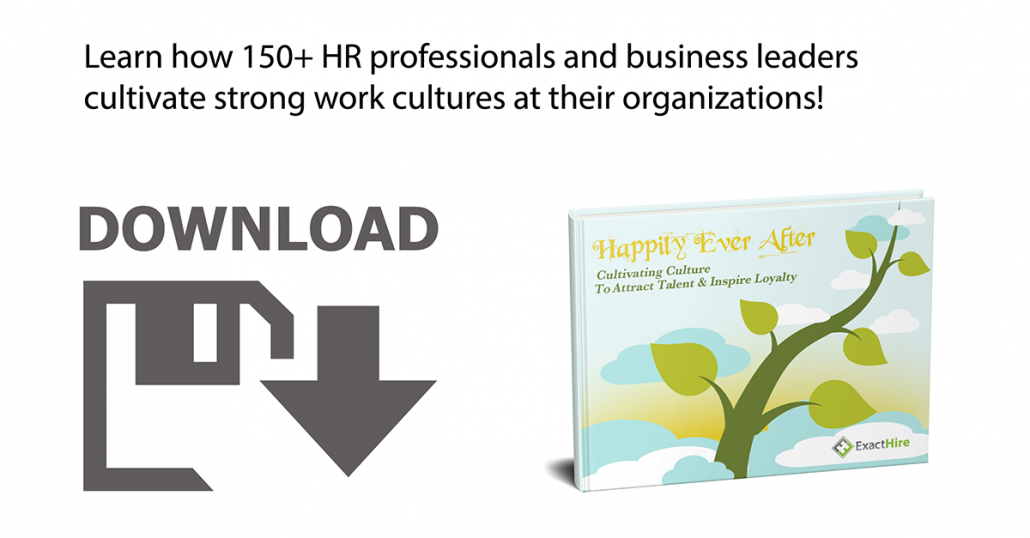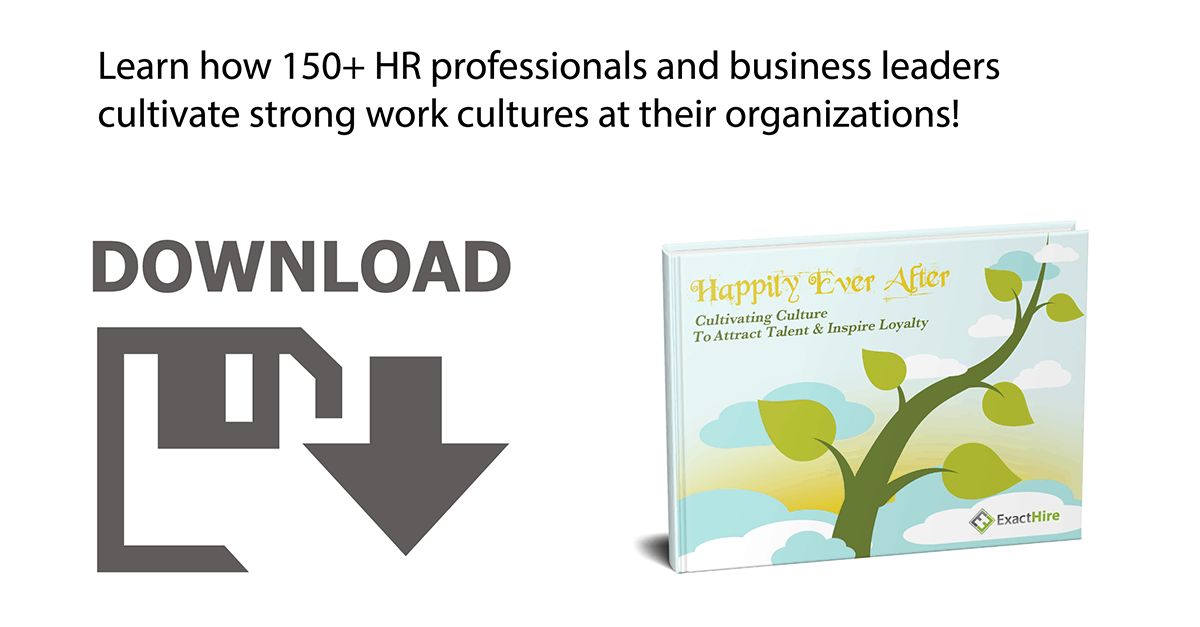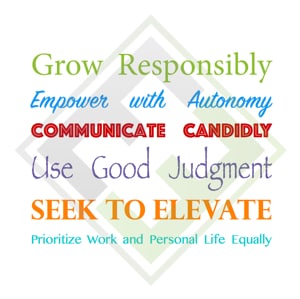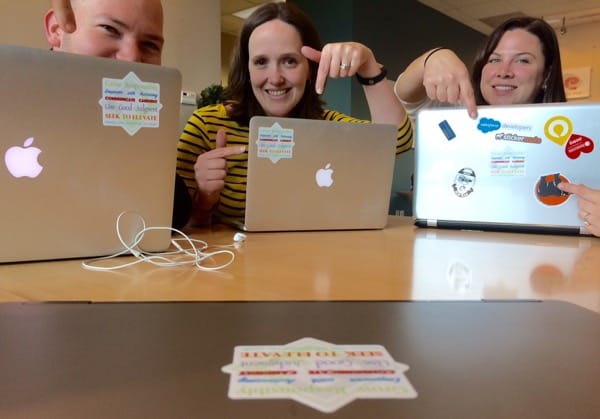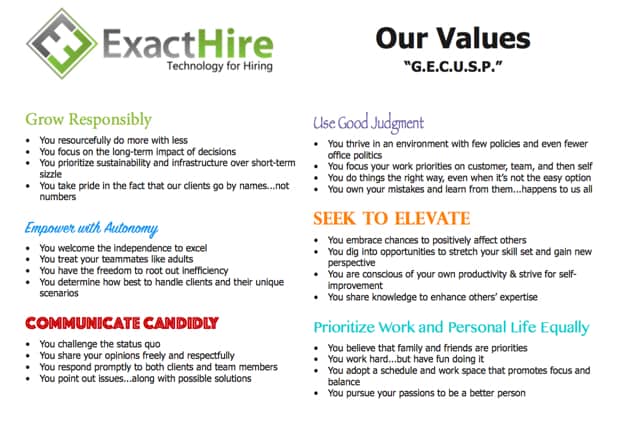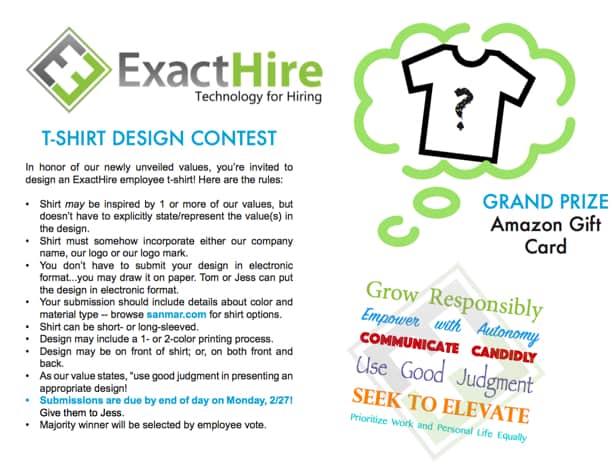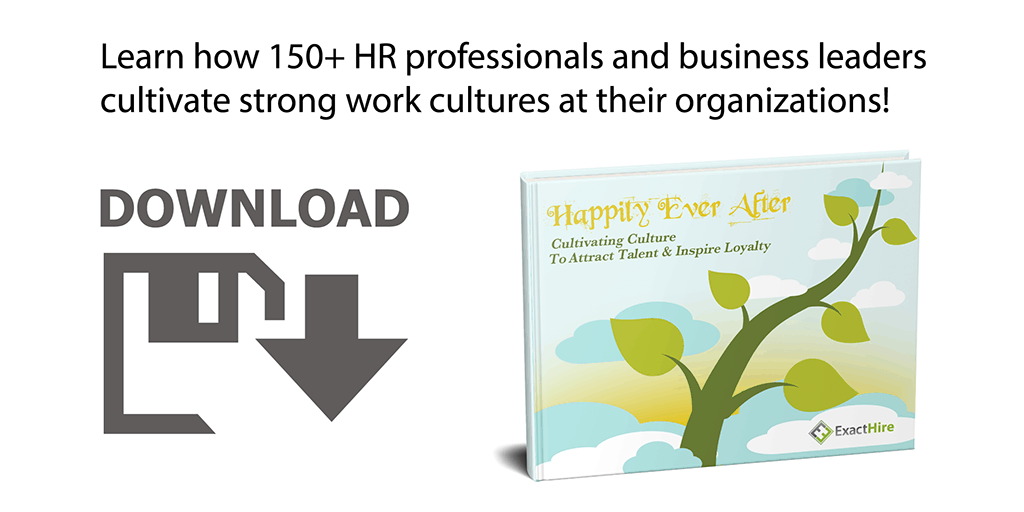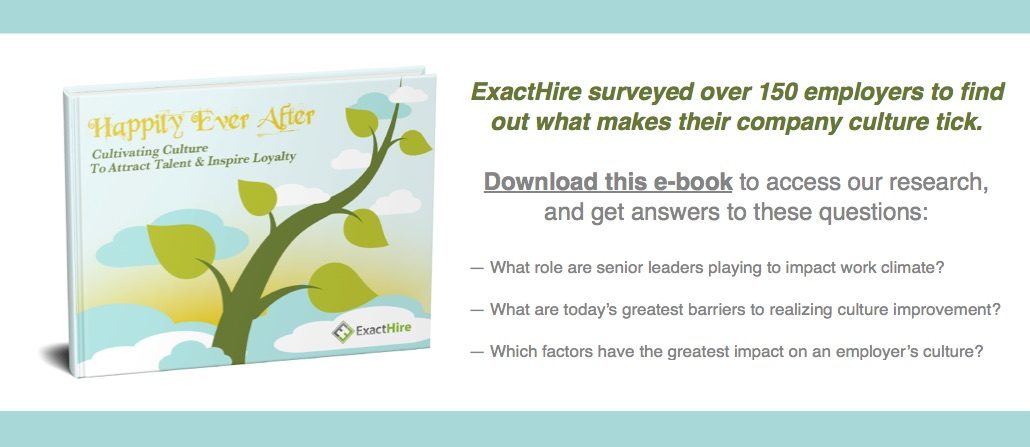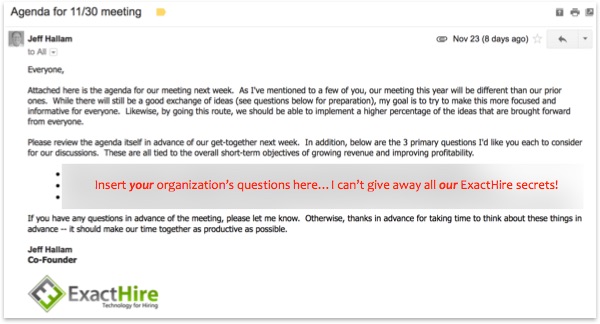12 Tips for Maximizing the Impact of Employee Testimonials
There’s no denying the power of social proof. When I’m getting ready to do a big project around the house, make a large purchase or plan a vacation, I turn to my peers, social media and review sites to help me narrow down my options. Not surprisingly, the same is true for job seekers as they endeavor to find an employer that will suit their career aspirations well.
So how do employers leverage the word of their existing employees to induce job seekers to consider a position with the organization? In this blog, familiarize yourself with twelve different action steps you can start today to maximize the impact of employee testimonials in your talent acquisition efforts.
Always Be Curating
“Always Be Closing” isn’t the only definition for A-B-C, and whether or not you’re a Glengarry Glen Ross fan, you still need to be ready to curate new testimonials at all times and from a variety of different sources. Keep your pipeline full! Here’s how…
1 – Automate reminders to look for new testimonials
If you can make the gathering of employee testimonials a new habit, then you’ll always have a compelling collection of content to showcase to job seekers. Use employee onboarding software to customize and create reminders to regularly collect new testimonials from newer hires. For example, build a workflow that pings a new hire a few months after her start date to invite her to complete a testimonial form. Or, schedule a call to get her verbal comments about what it is like working for your organization.
2 – Source from social media
Don’t wait for opportune comments to come to you–go find them where they originate. Scour social media for positive mentions of your organization by employees and then ask those teammates if you may turn their comments into an official testimonial for your website. Consider taking a screenshot of the actual social post so that you may use it as an authentic image on your website.
3 – Take advantage of special events
Think about specific events or activities that your employer hosts throughout the year and then use them as an opportunity to gather very targeted testimonials about your organization. For example, for an event that focuses on culture-building, snag the chance to interview a teammate about what “Monday Funday” is and why they enjoy it! Pair the testimonial with a fun, out of the ordinary picture from the event, too.
“I love working for a small company that offers me so much variety in my role AND the chance to impact the entire organization through my work. And as serious as we are about our work, I definitely look forward to Monday Fundays to have a good time and enjoy the moment. Winning the Golden Vase doesn’t hurt either!” – Jessica Stephenson
4 – Dig into email threads
In the same way your organization or department might forward a “happy note” from a customer that commends the team for doing great work, look for email correspondence with job seekers, applicants and/or new hires that uplifts your positive recruitment brand. If you find a few statements that would play well as a testimonial, then get the individual’s permission to use his comments in a public-facing testimonial.
Strategic Placement for Better Conversion
If you’re going to do the work to amp up your employee testimonial presence, then content is only part of the project. Don’t underestimate the power of placement!
5 – Pair comments with a call-to-action (CTA)
Rather than pile all of your testimonials onto a single “Employee Testimonial” page on your careers site, put individual testimonials near CTAs to influence your site visitors to take action to apply. For example, an employee’s smiling face along with her written testimonial next to the “Apply Now” button has the potential to influence more job seekers to start the application process than without that powerful social proof. Aside from placement near clear CTA buttons/links, testimonials might also be adjacent to a form job seekers complete to subscribe to job updates.
This practice of placing one or two testimonials near a CTA is more natural and effective than a testimonials page because it seems more legitimate. When you put all of them on a single page, then most people might skip viewing it anyway because it will of course only say positive comments.
Note for your marketing team: The exception to skipping the single testimonials page is when you see an opportunity from a search engine optimization (SEO) standpoint to rank and convert on a page optimized for “[INSERT ORGANIZATION NAME] Employee Testimonials.” If you do create this type of page, make sure you still sprinkle individual testimonials throughout other pages, too.
6 – Post testimonials on many of your best pages
Don’t be afraid of putting one or two employee testimonials on lots of different career site pages. For maximum impact, target the pages that are the most heavily trafficked on your careers site–whether they are informational pages about careers at your organization or actual job postings that receive the most views. Use your applicant tracking software reporting dashboard and/or Google Analytics to dig into data about which pages have the most traffic.
7 – Job descriptions can highlight employee comments, too
Don’t be afraid to put a written testimonial or embed a video testimonial within your actual job descriptions. Consider how this uncommon approach will help persuade the job seeker to consider converting on your job application. After all, if he knows a little more about what he’d get himself into at your employer before taking the time to apply, then you’ve removed one of the barriers to making that decision. Start with your hard-to-fill job listings first.
8 – Leverage third party rating sites
Embrace the fact that if your organization is large enough, you likely already have reviews and ratings posted about your employee culture, benefits, etc. on third party sites such as Glassdoor. See them as a chance to repurpose positive comments for your own career site and/or social media profiles, too. And by all means, address any negative comments or reviews about your employer by taking action to correct or improve circumstances.
Gain some control over what is otherwise out of your control by claiming your employer profile on these third party sites. Then, add content that is accurate (aka “from the horse’s mouth”) about your company (e.g. company history, benefits, awards and accolades, photos, etc.).
Create Contextual Relevance
Just like consumers, job seekers will respond more to content and experiences that cater to their own individualized tastes and preferences. Content that seems to be designed just for you will get your attention more than a generic testimonial that is boilerplate.
9 – Match testimonials to pages based on subject matter
Place testimonials on pages and job listings based on the content of each testimonial. For example, if you have an employee testimonial that details the richness of your benefits package, then make sure it is at least on a page within your careers site that lists employee benefits.
The more contextually relevant the blurb is relative to the page on which it is featured, the better chance of converting job seekers.
10 – Map the job seeker journey
Consider your candidates’ progress through the hiring process and introduce testimonials with the highest potential impact for that point in the journey into the experience. For instance, a testimonial that celebrates the empowerment of your organization’s client services roles could be a banner in the email signature of a recruiter. That way, an in-process Client Services Associate candidate would notice it when using email to reply about setting up an in-house interview.
Why work at ExactHire?

Or, include existing employee comments affirming that they made the right choice to join the employer’s team in employment offers to final job candidates.
Vary Testimonial Formats
Don’t forget that variety is the spice of life!
11 – Grab attention quickly
While a paragraph-long employee testimonial may be full of good advice, it’s length may deter some job seekers from reading it. Counteract this possibility by using words from the testimonial to create a snappy headline that can be bolded and placed above the entire testimonial. That way, a busy job seeker can get a quick idea about the topic of the comments before diving in to read the detail.
Here’s one of our own examples from the ExactHire team:
Positivity – With Clients and Teammates!
“ExactHire offers exactly what I am looking for in a role–a place to build positive relationships with clients and my team! Whether it be with our clients or any of my teammates, knowing that I can help others help themselves in their daily duties inspires me throughout the day.” – Nancy Meyer
12 – Mix up your media
Encourage employees to share testimonials in a variety of formats:
- Use the typical written testimonial next to a picture of the employee who provided the content.
- Shoot video testimonials when you may take advantage of a venue that might be appealing to job seekers (e.g. If you let employees work remotely, then have one shoot a video outside of her home in Germany!).
- Do a podcast featuring a series of spoken employee testimonials and embed it on your careers site and/or in your talent blog.
- Feature an animated GIF file and come up with a humorous meme to modernize your testimonials and prime them for widespread social media appeal.

But we also make time for gift wrapping shuffleboard races.
Join us and you could, too. – Jeff Hallam, Co-Founder
Experiment with different approaches to highlighting employee testimonials and test results to see what works best for your organization. The more prominently and positively you feature your organization’s employee ambassadors, the easier it will become to collect more valuable comments!

